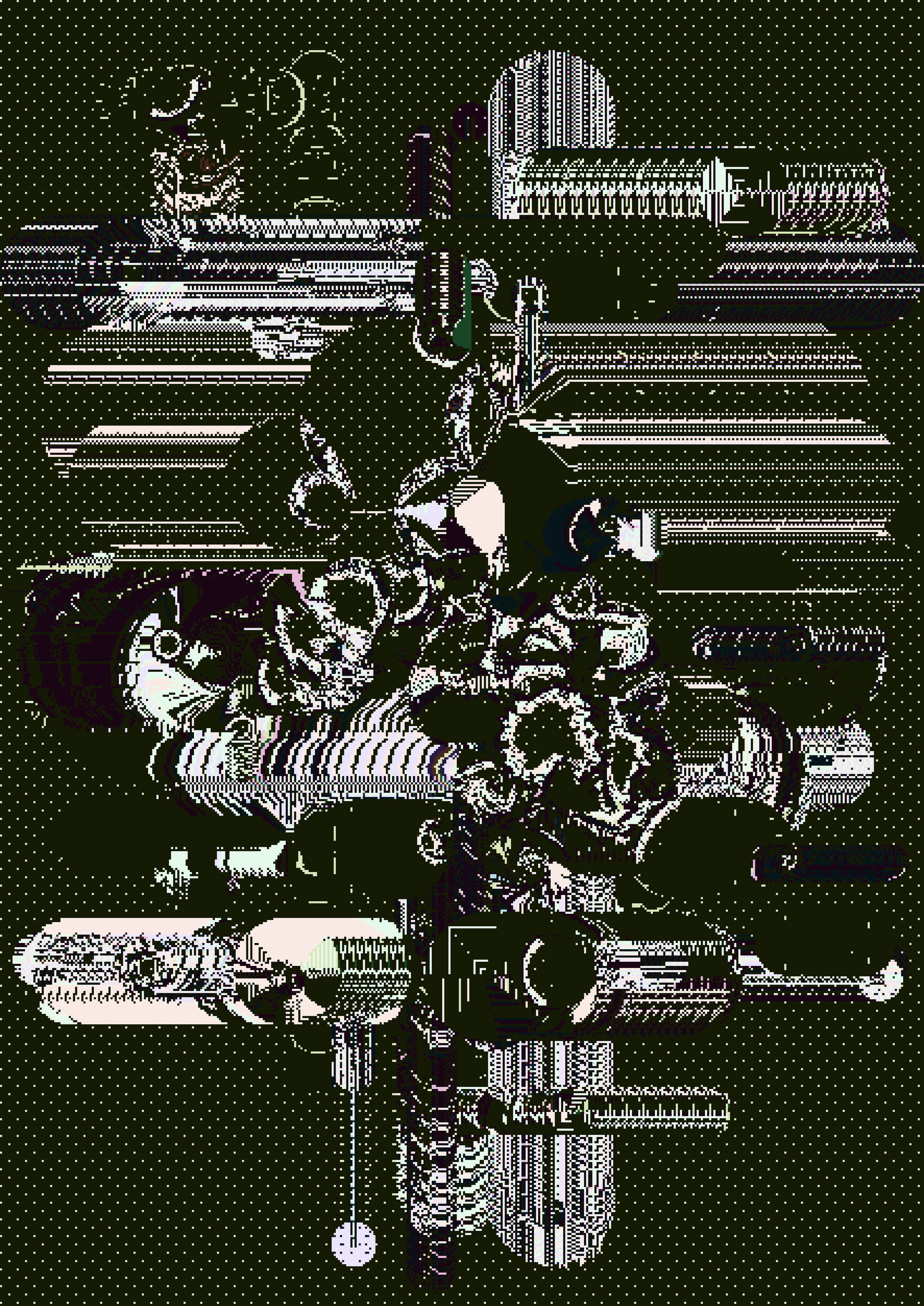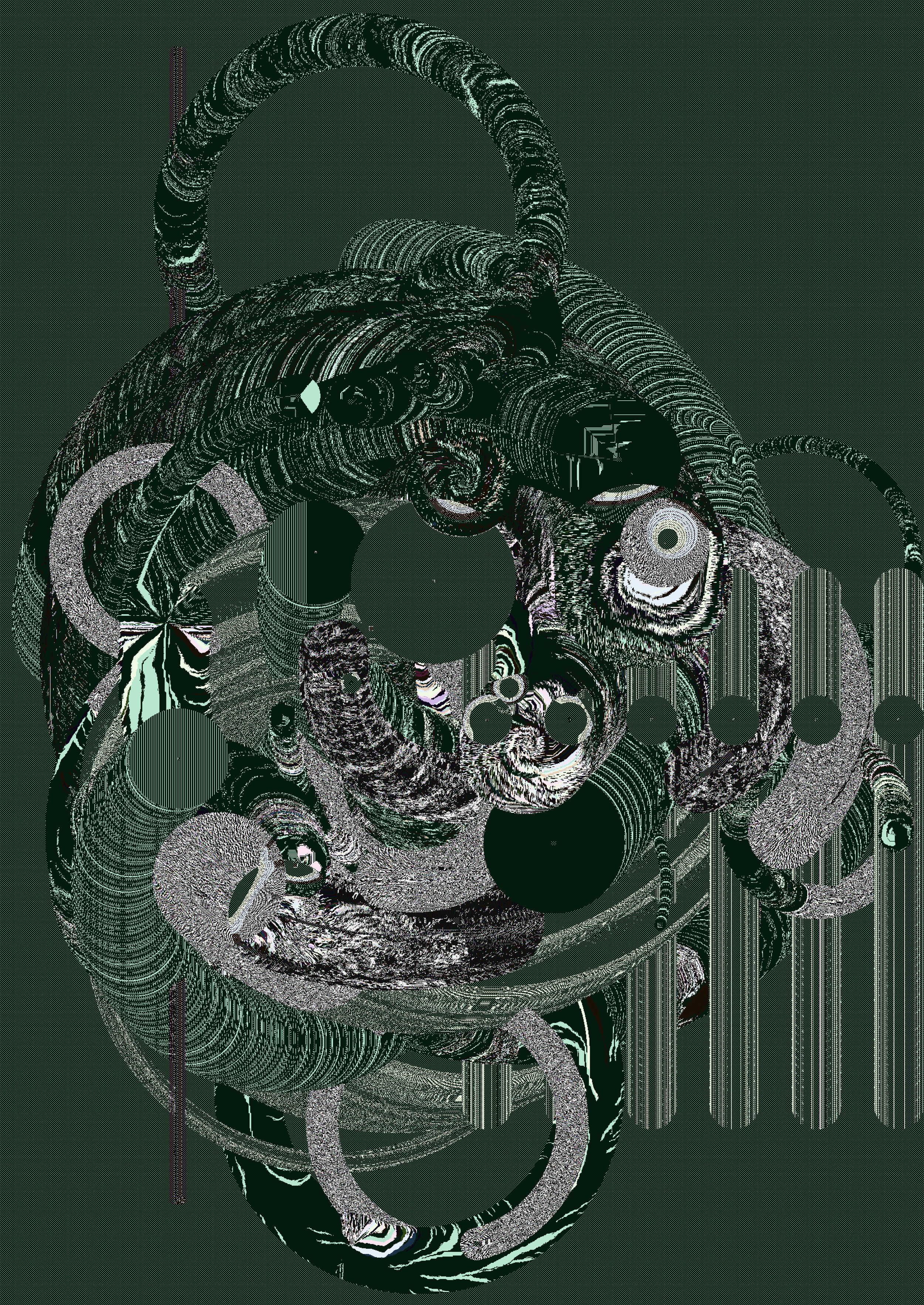EVENT HORIZON BY KIM ASENDORF
This was part of an ongoing series of articles that released was digitally in May 2023. They were first published in the print edition of the Bright Moments Quarterly that was distributed at Bright Moments Tokyo in Tokyo, Japan.
Malte Rauch: Thank you for agreeing to this interview, Kim! You have been involved with digital and generative art for more than a decade. Tell us about your career as an artist from the net art days to the world of on-chain generative art.
Kim Asendorf: Around 2008, I joined the net art community during the rise of social media platforms like Facebook and Flickr. What captivated me was the unprecedented access to APIs that enabled the automation of platform activities. I was mainly interested in exploring this new world from an artistic point of view.
For instance, I did a performance called: “How many images am I able to upload before Flickr locks my account?” And I literally just uploaded images to Flickr via their API and announced the action as a piece of performance art. These were just numbered images, not aesthetically pleasing in any way. Many people followed the performance in real time. After 20,000 or so images, Flickr did indeed lock my account.
Since then, I prefer to create my projects on my own websites where I have full control over the experience and am free from the constraints of corporate interfaces and default settings. The experience begins as soon as someone enters the site and usually fills their entire screen.
How did you get into coding? To this day, there is very little education about coding in the art schools. And I imagine it was even less common back then?
My career actually started in a technical field, and then I pivoted to art. I initially pursued technical informatics, but I found studying at University Bremen to be completely insufferable. So, I shifted gears to become a graphic designer, leading me to the art school in Kassel. In Kassel, I joined the new media class by Joel Baumann, where I met outstanding artists like Markus Wendt. This environment was so fascinating that I started to use programming as my main tool. Since then, my work has been very much focused on code. I do not even draft in other media; I always start immediately with the code.
We have previously talked about the different audiences in the heritage art world and the NFT space. Can you share some of your experiences with new art collectors in the world of digital assets?
During the last 10 years, I have participated in 100 or more exhibitions. The audience used to be very small and niche - it was always the same people attending events. This, of course, has changed a lot. Now, the audience is huge in comparison to ten years ago, but now the audience is quite ‘young’ when it comes to their art experience. It takes a lot of time and experience to really understand and value something. I think the NFT space isn’t there yet in regards to art. There is a lot of trend following, but I think this will change in the next few years.
Websites are the environment where I first learned how to code. Since then, I have a strong feeling about websites: they are permissionless, cheap, and you can put so much content on it. I can create something and I can present it to a wide audience without any latency. In my opinion, this is also why social media became so successful: the dialogue is immediate.
It is quite common today to draw parallels between generative algorithms and conceptual art, especially the rule-based systems of Sol Le Witt. If one goes back to your early interviews, you already described yourself in 2011 as a “computer artist with a great passion for conceptual art.” Can you elaborate on your self-understanding as a conceptual artist? And what were the formative influences in your career?
Conceptual art is fundamentally different from visual art in that the former is based on written recipes, while the latter relies on visual stimuli. For conceptual artists, the recipe is the source of fascination. However, code allows for both experimentation and conceptualization. I often use code to experiment, but when I come across something visually striking, I pivot to develop a concept around it.
That’s fascinating and a great segway to my next question. During the last decade, you developed a visual language across a variety of projects. Your works appear as living and moving systems, defined by pixel sorting, glitches and visual distortions. In my personal experience, I have found that the balance between order and systematization, juxtaposed with a tendency towards distortion and deconstruction, is the defining feature of your work.
Early in my career, I delved into glitch art, but I found its potential limited. To explore its aesthetic more deeply, I turned to code art, using different programming languages to create something captivating.
Around 2017, I began diving deeper into WebGL, inspired by artists like Andrew Benson and Ezra Miller. It took time, but after a sustained period of experimentation, I discovered a visual language that really suits me.
It’s exactly as you said: my goal is to create a recognizable system that is both ordered and destructed simultaneously. This balance is crucial, especially when working with feedback, as it can easily lead to destruction if not executed correctly. Monogrid is an example of how I balanced chaos and order to achieve a delicate equilibrium.
In my work, you do not get the smooth fluidity of interpolated pixels. On the contrary, I prefer the immediacy and rawness of the console. As a 90s child, it speaks to me. Leander Herzog once put it really well. My work, he says, has two layers: macro blocks, the whole image, and micro blocks, which operate independently but still interact with the larger image.
What are you working on for Bright Moments Tokyo and what does it mean to you to exhibit your work in Japan?
Ever since I understood that the micro blog-macro blog relationship is the key to my work, I have been experimenting with this visual language. For Bright Moments Tokyo, I am exploring new ways of distributing this system over the canvas, trying to break the rectangular structure of the blocks.
Bring data into the shader; 2D canvas, draw something on it, and use the drawing as data in the WebGL animation.
This time I have a circle that runs on a 2D canvas and does a kind of choreography. These circles have different colors; multi-level: creating of an initial image on the first layer; second layer, movement on the canvas; conceptual: put the different parts together, without having a clue of what it will look like.
Yesterday I had a breakthrough. I found something that looked quite nice and new to me. It has an element of Zen gardening, which is also a form of beauty grounded in conceptual strategies, if you like. My working title for the project is “Mule.”
The unique element in a Bright Moments event is the IRL minting component. What do you think about this?
For me, the history of technology is really important. My first creative exploration with technology was in music, and all the interesting technology for music came out of Japan. But I have never been to Japan, since the language and cultural barriers are fairly high. I am quite excited about it.
I have experienced the Bright Moments IRL minting in London. For me, art is a very emotional thing; it is very personal and it becomes stronger if this is enhanced.
With live minting, the artwork can reach you on a much more personal level. It has the potential to make work more valuable for me as an individual; I have a real life experience associated with it, which is entirely different from going to a website and pressing a mint button. The ability to design the first contact with the work is key for me.




